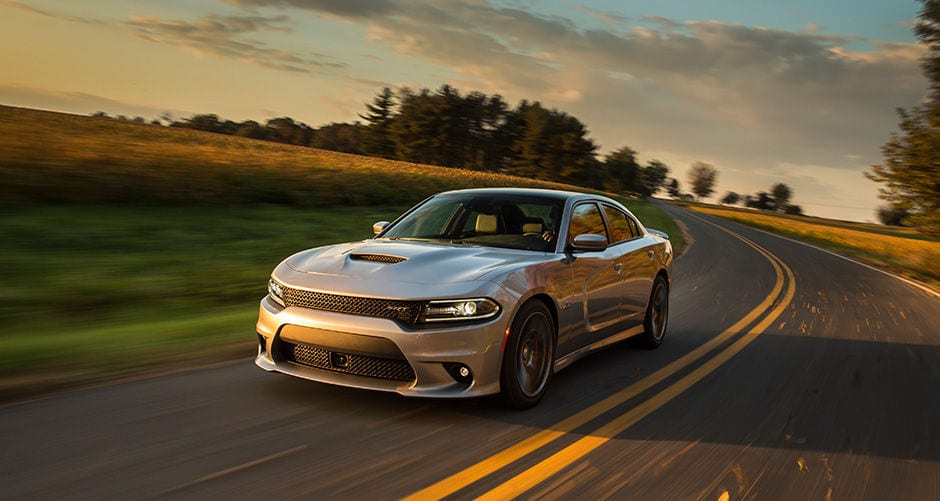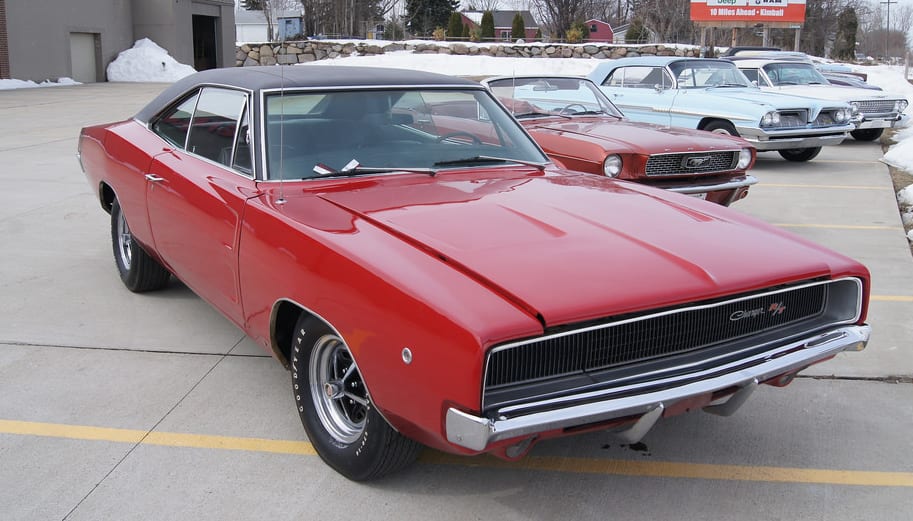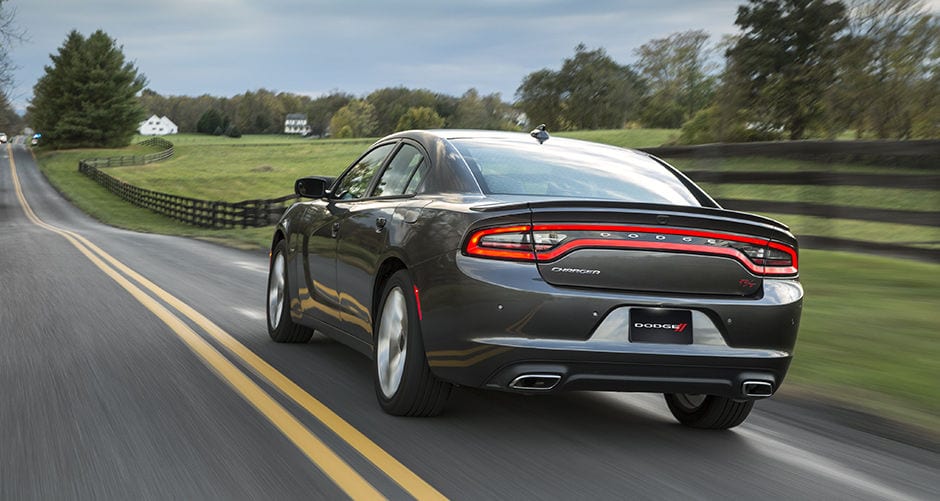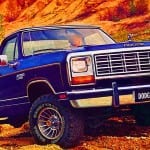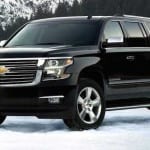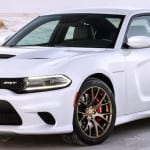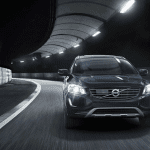The Dodge Charger is hands down one of my favorite nameplates of all time, especially the models from the late 1960s and early 1970s. However, the old-school Charger that most people are familiar with is actually the second-generation of the nameplate. This means the first generation often gets overlooked.
I don’t necessarily blame car enthusiasts for focusing on the second-generation Charger. After all, the vehicle made several iconic Hollywood appearances, including in Bullitt and Dukes of Hazzard. Still, I feel like the original Charger deserves some recognition, as the vehicle was certainly a pioneer in the automotive industry. For instance, were you aware that the Charger was the first U.S.-produced vehicle to feature a spoiler? Or how about the fact that the nameplate is considered the first car to feature the iconic fastback design?
There’s a lot we don’t know about the original Charger, and it’s time for the vehicle to shine. Let’s take a step back in time to the early 1960s, as the company was looking to produce a new, revolutionary vehicle. Then, when you end up pursuing a Dodge Charger in Miami, you’ll have a complete understanding of the vehicle’s roots…
Things weren’t a whole lot different in the early-1960s than they were today, with respect to automotive ambition. Engineers were constantly looking for ways to revolutionize the segment, hoping to produce a hot new vehicle able to take the world by storm.
Chrysler aimed to jump on the luxury car bandwagon, and so assigned their Dodge Division to produce a vehicle that could slide between Ford’s pony car (the iconic Mustang) and Ford’s personal luxury vehicle (the Thunderbird). Both sides agreed to use Chrysler’s B-body, which would give their vehicle that sporty, pony-look without compromising any of the luxuries. This was a considerable risk. While the vehicle certainly looked good in sketches, there was no saying how it would look, never mind function, in real life.
“Lynn Townsend was at odds with the Dodge Dealers and wanted to do something to please them,” said Burt Bouwkamp, the Chief Engineer for Dodge at the time. “So in 1965 he asked me to come to his office – for the second time. He noted that one of the Dodge Dealer Council requests was for a Barracuda type vehicle. The overall dealer product recommendation theme was the same – we want what Plymouth has. The specific request for a Mustang type vehicle was not as controversial to Lynn. His direction to me was to give them a specialty car but he said, ‘for God’s sake don’t make it a derivative of the Barracuda’…We built a Charger ‘idea’ car which we displayed at auto shows in 1965 to stimulate market interest in the concept. It was the approved design but we told the press and auto show attendees that it was just an “idea” and that we would build it if they liked it. It was pre-ordained that they would like it.”
Luckily, due to the inclusion of the long windows and sleek roof, the manufacturers certainly succeeded with their ambitious Charger plan. The engineers completed their vehicle in time for the 1966 model year. The Charger was unlike any of the brand’s previous vehicles, and although the combination of muscle and style made it a competitor to the AMC Marlin, the Ford Mustang, and the Plymouth Barracuda, it really didn’t have any direct comparisons on the market. As a result, the Charger is generally regarded as the first vehicle to feature that beloved fastback design.
The public got its first official look at the Dodge Charger on the first day of 1966. During the annual Rose Bowl, viewers were shown a glimpse of the “Leader of the Dodge Rebellion” in a national commercial.
The Charger was considered a pleasant surprise when it was released later that year. While the car did resemble several available vehicles, including the Dodge Coronet (which was likely due to the fact that the cars shared a chassis and front-end sheet-metal), it was held in higher regard than its competition. Of course, that could have also been partly attributed to the price tag, since the $3,100 value was more expensive than most vehicles in the 1960s.
The interior was significantly different than these rival vehicles, featuring fold-down back seats that presented an abundance of cargo room. The steering wheel was covered in a wood-grain material, and designers also included a premium trim and vinyl upholstery. On the outside, the fastback roof gave it that sporty look, and the pot-metal “electric shaver” grille included fully rotating headlights.
Under the hood, drivers would find the hefty 5.2-liter V8 engine, and a 7.0-liter HEMI was also eventually offered. Drivers had the additional option of adding a 5.9-liter or a 6.3-liter four-barrel engine, which they could either partner with a three-speed steering-column mounted manual transmission, a console mounted four-speed manual transmission, or a three-speed automatic transmission.
In 1966, the Charger also made its debut in NASCAR racing, with the hope that the fastback design would lead to success. However, the body-generated lift (attributed partly to the high speeds) resulted in difficult handling and drivability. In an attempt to fix this issue, engineers added a small lip spoiler on the trunk lid, which helped improve traction at high speeds. These inclusions were soon added to the standard Chargers, making the nameplate the first U.S.-produced vehicle to offer a spoiler. Dodge’s revisions ended up working, as driver David Pearson ended up securing the 1966 NASCAR Grand National championship after having won 14 races.
The vehicle didn’t see many changes during its second year on the market. The major exterior change to the 1967 model included the new fender-mounted turn signals, which helped differentiate the 1967 model from the 1966 version. Inside, the full-length console was removed, allowing for better entry and exit from the rear seats.
Under the hood, the brand added the new 440 “Magnum” engine, which could pump out an insane (for the time) 375 horsepower. The company also replaced the 5.9-liter V8 with a 6.3-liter unit, and the 230-horsepower Chrysler LA engine became the standard option.
After having sold 37,344 units during its first year on the market, the company ended up selling only 15,788 units in 1967. As a result of the declining sales, the company decided to revamp their Charger, and released their second-generation version of the vehicle in 1968.
The new Charger was less reminiscent of the Coronet, with the engineers developing an entirely new body design. With the “coke bottle” body, a rear “kick up” spoiler, and a “flying buttress” roof design, the new vehicle certainly didn’t resemble its predecessor. The vehicle’s standard engine ended up being the 5.2-liter V8, and if customers opted for the Road/Track package, they’d receive the 440 Magnum engine (or the optional 426 Hemi).
These moves ultimately worked out for the company. In 1968, the brand sold 96,100 Chargers.
The Charger certainly has one of the richer histories among Dodge’s current crop of vehicles, but most enthusiasts’ knowledge is limited to the 1970s version of the nameplate. After having read our brief history above, you should hopefully have more knowledge on the original version of the beloved vehicle. Who knows? Maybe you’ve even been inspired to go shopping for one. As you’ve read, it’s still unlike any vehicle we’ve ever seen.
